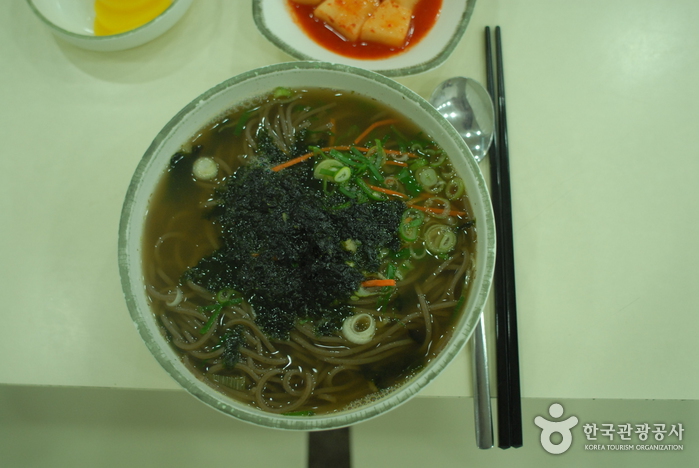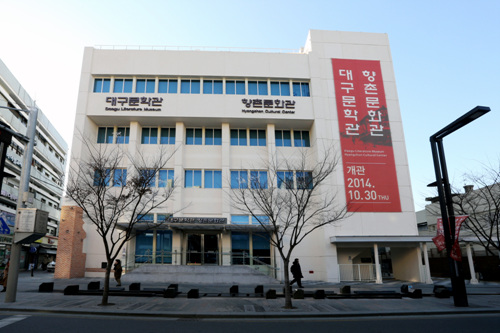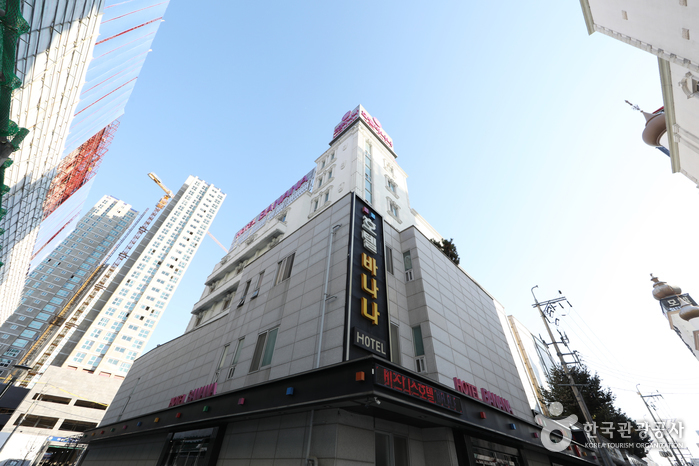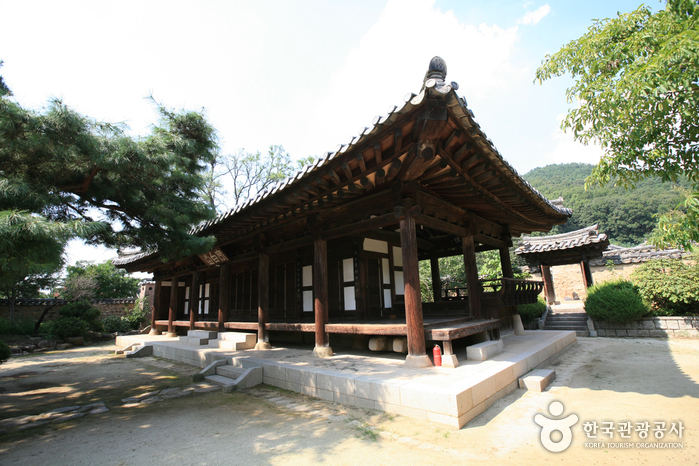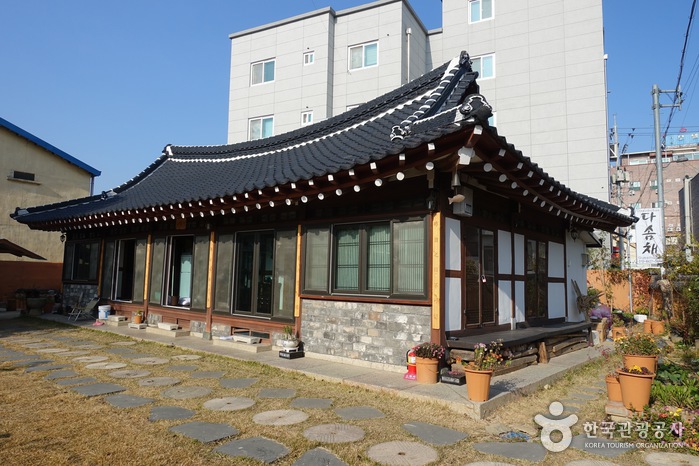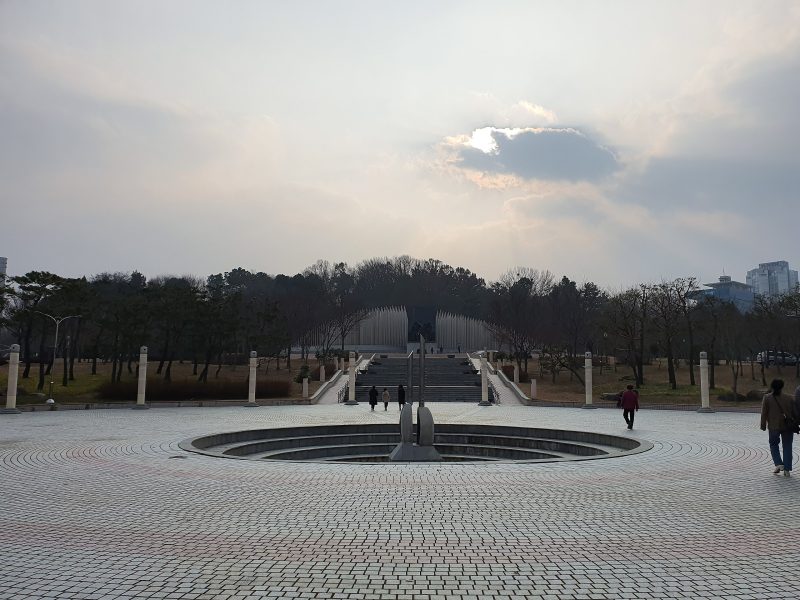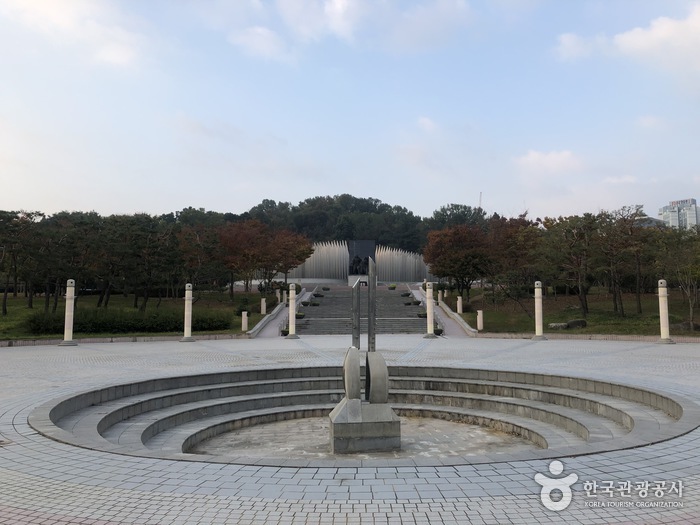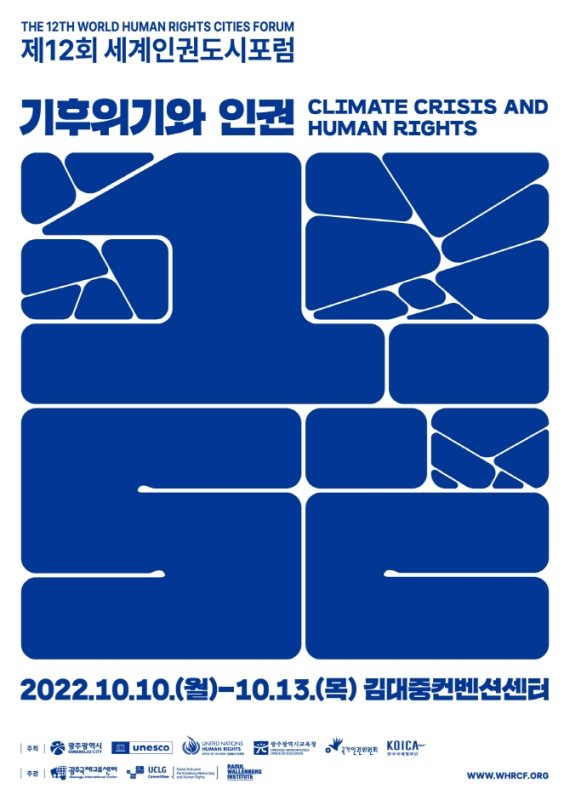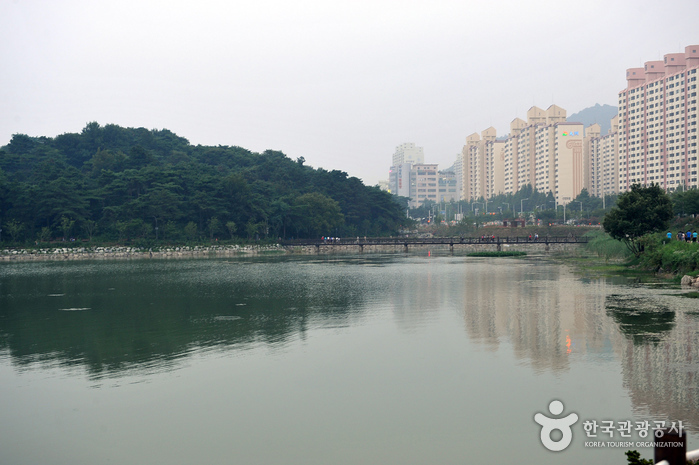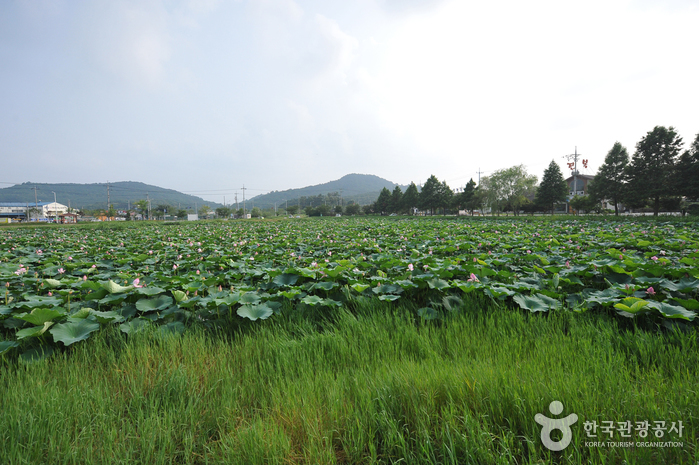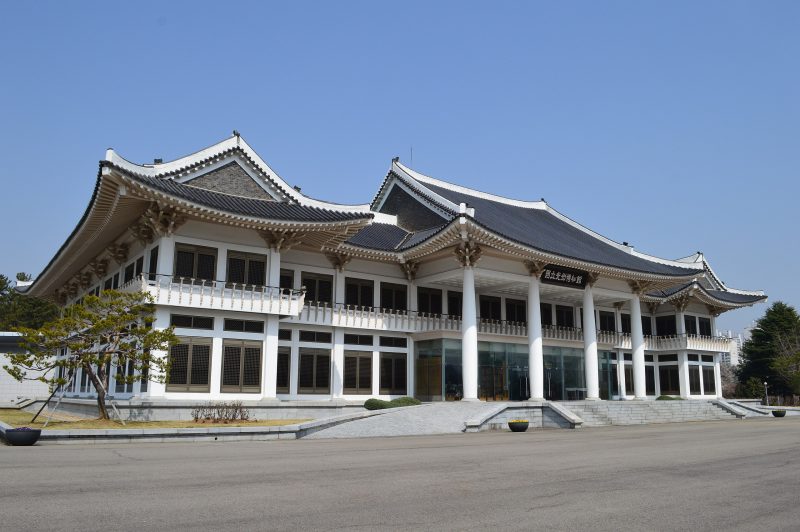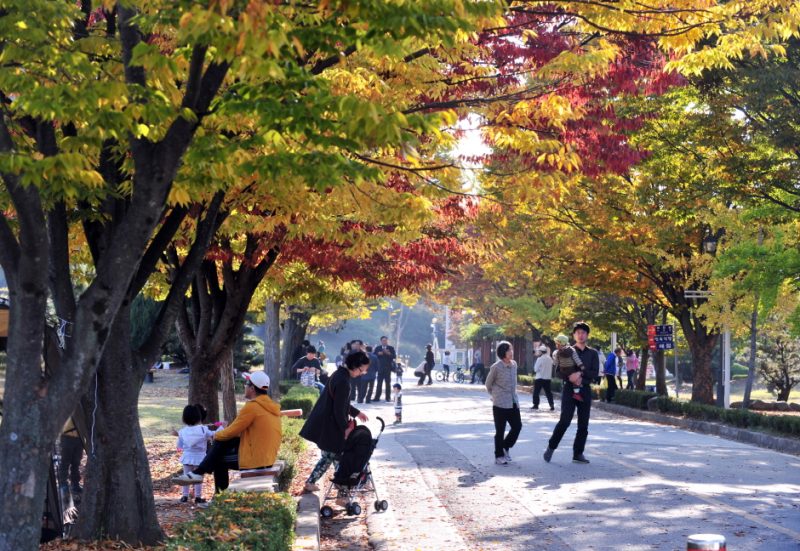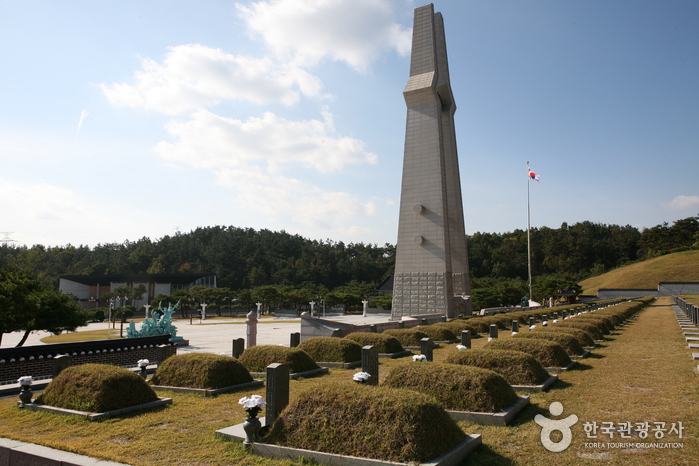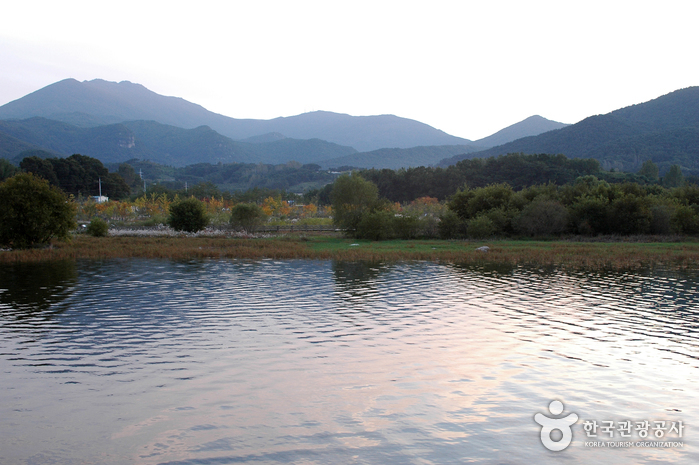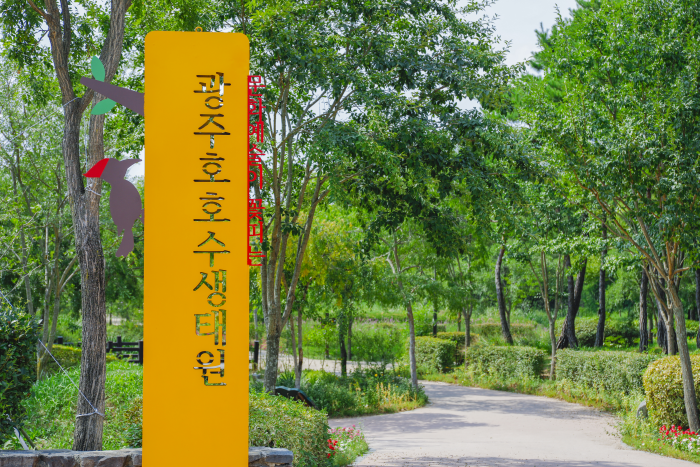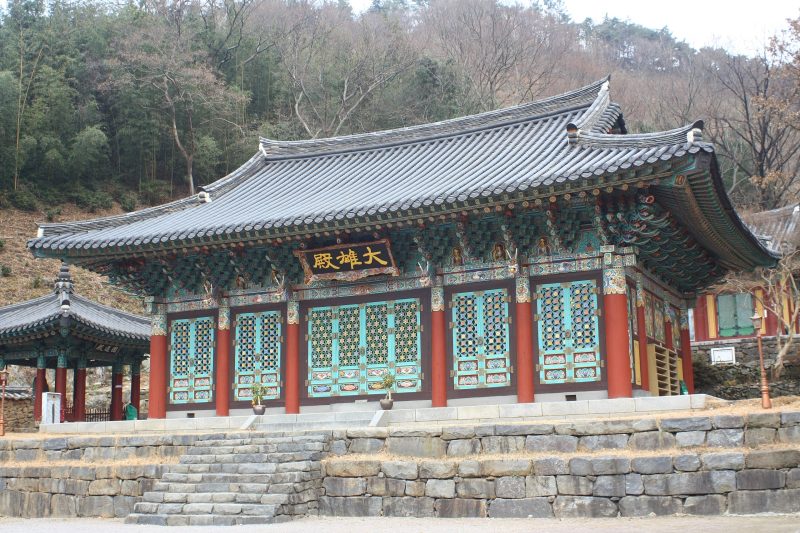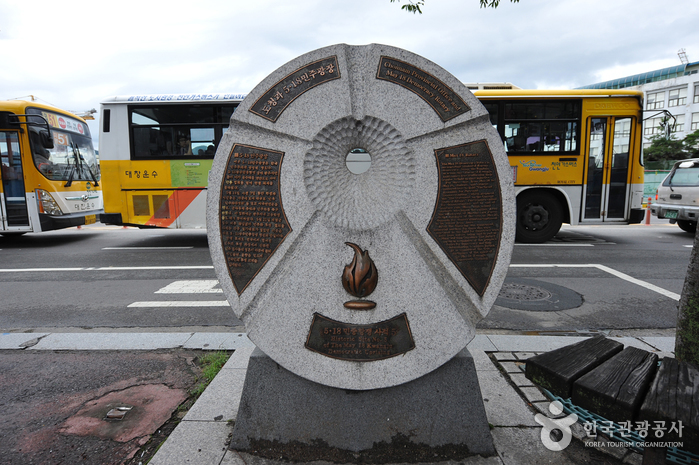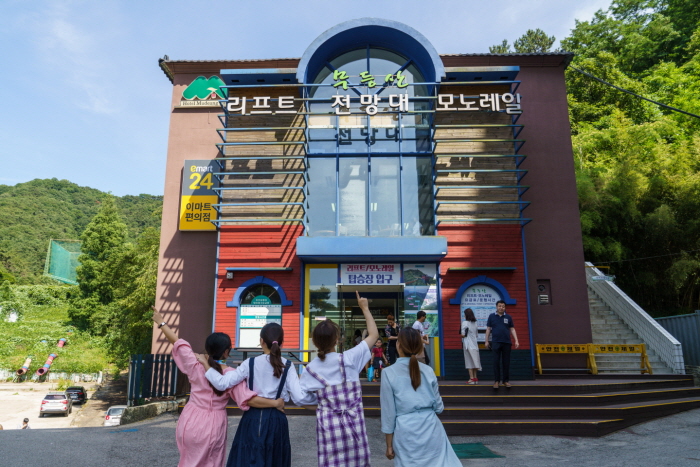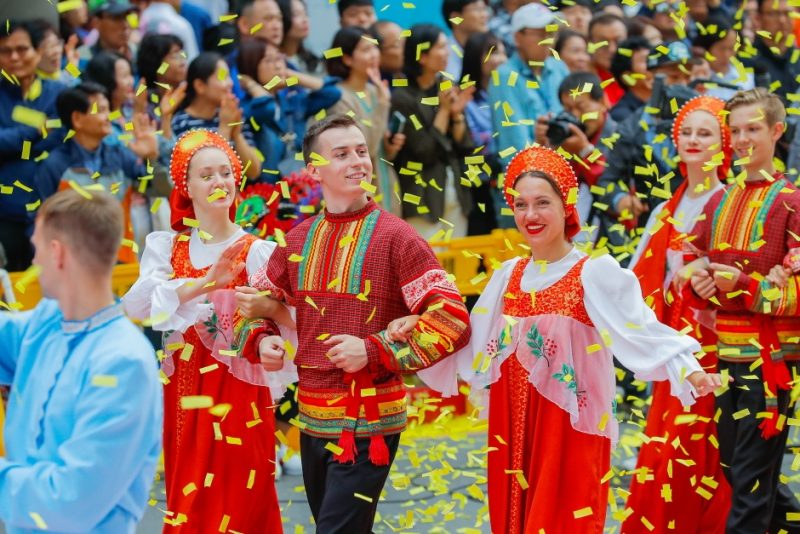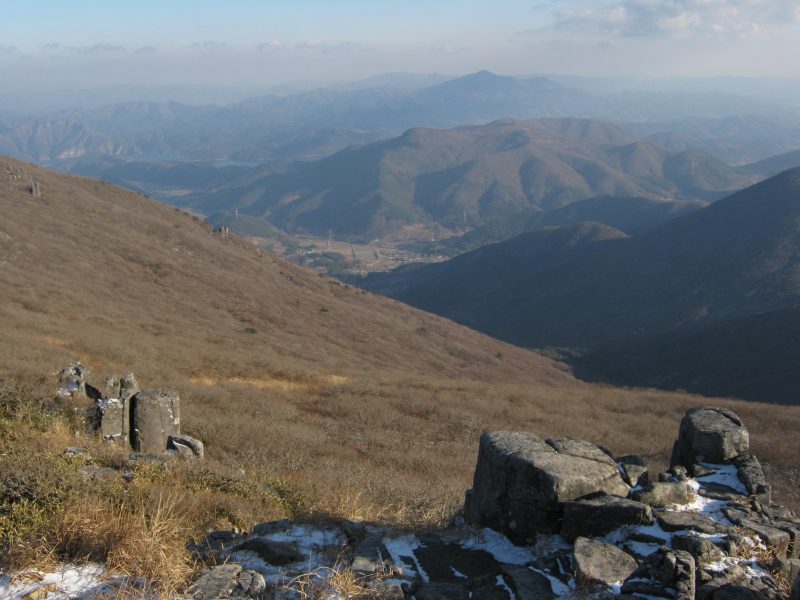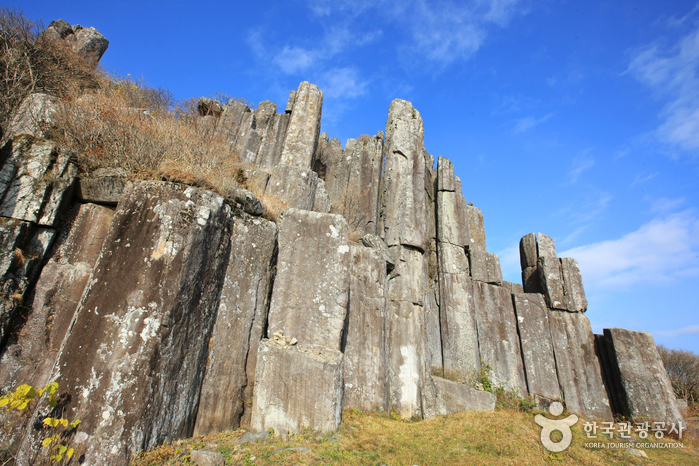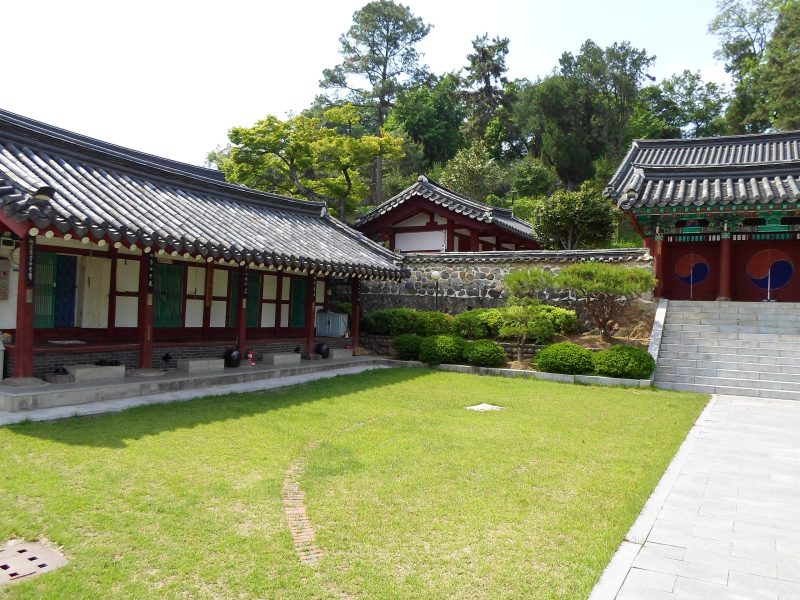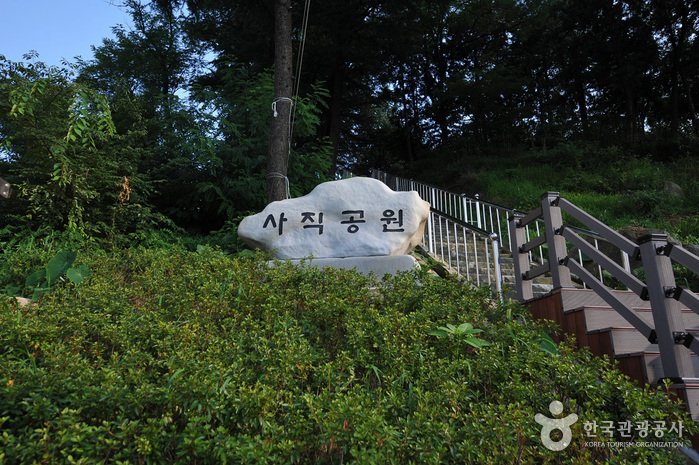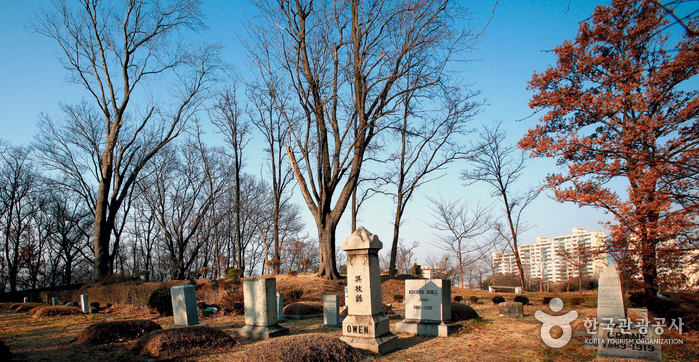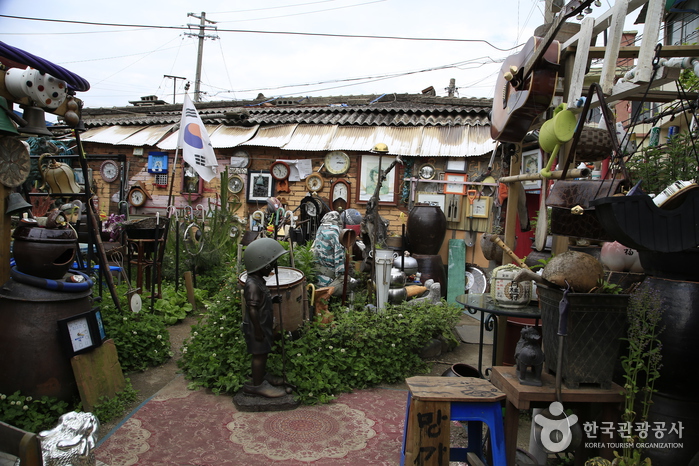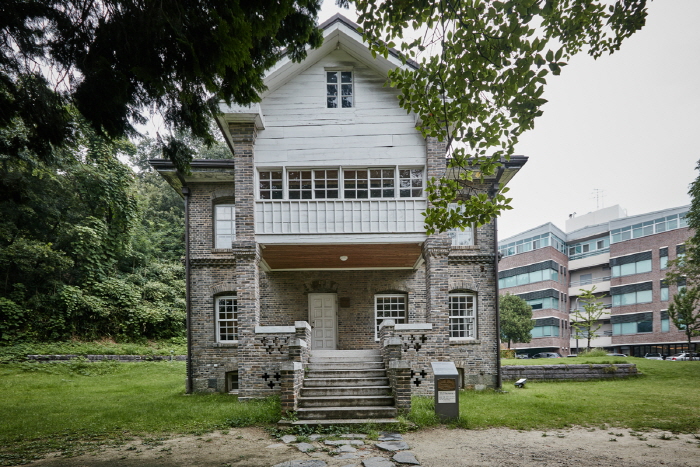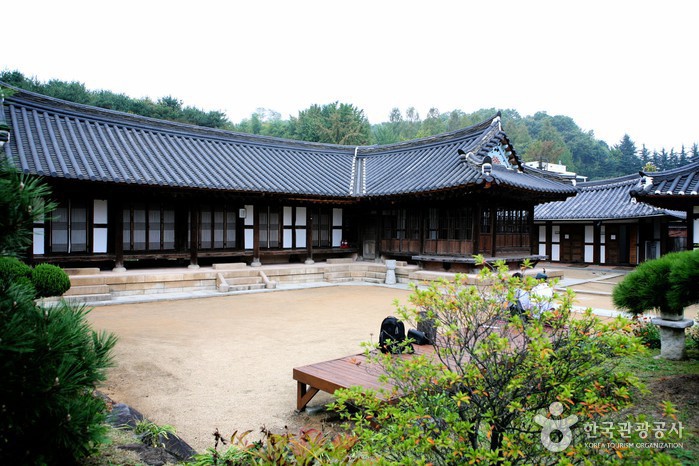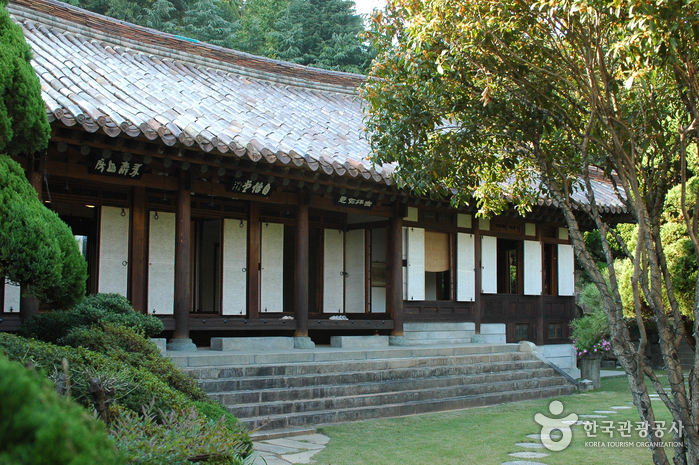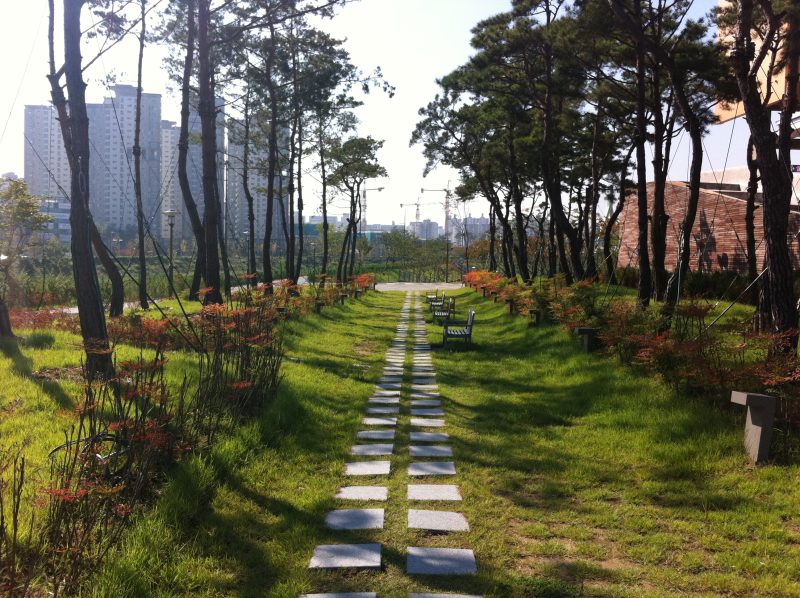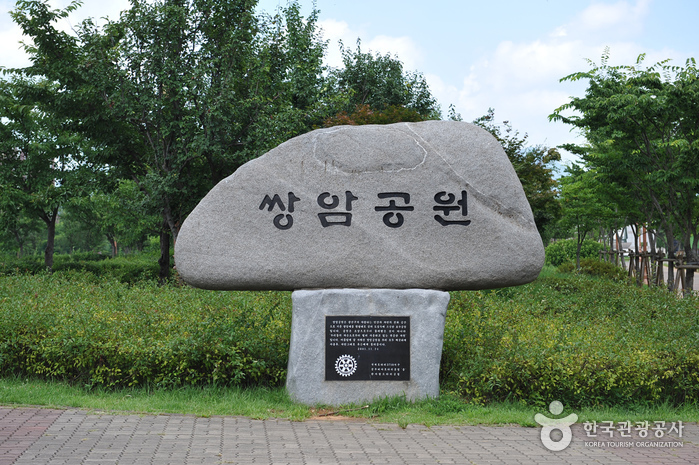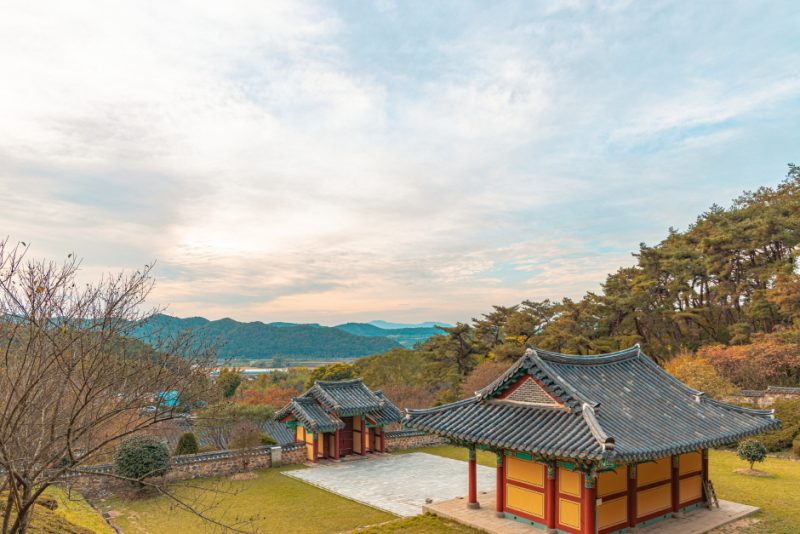Welcome to Gwangju: Where Taste and Beauty Unite
Located in the central-northern part of Jeollanam-do province, Gwangju is a vibrant metropolitan city. It shares borders with Damyang-gun to the east, Hampyeong-gun to the west, Naju-si and Hwasun-gun to the south, and Jangseong-gun to the north. Situated at coordinates 126°38′ to 127°00’34’ East longitude and 35°03′ to 35°15′ North latitude, Gwangju spans an area of 501.18 square kilometers and has a population of 1.47 million as of 2015. The city is divided into five districts and consists of 95 administrative neighborhoods (202 legal neighborhoods). Gwangju City Hall is located in Chipyung-dong, Seo-gu.
Why Visit Gwangju
Gwangju Metropolitan City is known as the heart of South Jeolla Province, where taste and beauty converge. With a long-standing reputation as a city of culture and arts, Gwangju has been at the forefront of promoting the cultural heritage of the Jeolla region. The delightful flavors of traditional Jeolla cuisine showcase both exceptional taste and warm hospitality. The central areas of Chunjang-ro and Geumnam-ro, which played a significant role during the May 18th Democratic Uprising in 1980, now serve as the focal points for urban tourism. Furthermore, Gwangju is blessed with various natural and cultural tourist resources, including the Mudeungsan National Park and the Gasam Cultural Zone.
Plan Your Visit
Located in the southeastern part of the city, Mudeungsan Mountain is a natural attraction situated just 10 kilometers away from downtown Gwangju. This mountain offers a natural scenic spot that is home to temples such as Jeungsimsa, Wonhyosa, Yaksaaam, and Gyubongam. It boasts over 900 species of plants. Popular recreational areas like Jeungsimsa Valley and Wonhyo Valley, with their refreshing water and lush forests, are beloved destinations for Gwangju citizens.
Of particular interest are the three main peaks of Mudeungsan Mountain, namely Seoseokdae, Ipseokdae, and Gyubong, which rise majestically to a height of over 10 meters, creating a splendid panoramic view like that of a folding screen. City buses operate from downtown Gwangju to Mudeungsan Mountain’s base and Jeungsimsa Temple entrance. Accommodations near the area are well-developed, and local specialties such as Yeonggye Baeksuk (boiled chicken) and Bori-bap (barley rice) are famous delicacies.
Located near the Seogwangju Interchange of the Honam Expressway, the area surrounding Jungoe Park forms the Jungoe Park Cultural Belt. Here, you can visit the National Gwangju Museum, which houses various artifacts from the southern region, including earthenware from Song and Wondae. Other attractions in the area include Children’s Park and Gwangju History and Folk Museum.
Gwangju hosts five major festivals and numerous regional festivals. The five major festivals are the Gwangju Biennale, Gwangju Design Biennale, Imbangul Gukak Festival, Gwangju Kimchi Festival, and Gwangju International Film Festival. Additionally, each district organizes its own local festivals, including Dong-gu’s 7080 Festival and Chungjang-ro Festival, Seo-gu’s Mandri Harvest Festival, Nam-gu’s Chilseok-dong Noodle Fight Festival, and Buk-gu’s Jami Festival. The Gwangju Biennale, one of the city’s most prominent festivals, was established in 1995 to commemorate the 50th anniversary of Korea’s independence and the “Year of Art.” It showcases Gwangju’s democratic spirit since the May 18th Gwangju Uprising, transforming it into a new cultural value. The event takes place every two years in the Jungoe Park Cultural Belt, attracting numerous visitors from both domestic and international locations.
One of Gwangju’s significant cultural assets is “Yehyang,” a term that represents the city’s cultural heritage. Along the slopes of Mudeungsan Mountain, Yehyang refers to the vibrant poetic literature that has flourished in the region. The famous Sikeungjeong, Myeonangjeong, Hwanweokdang, and Soswaewon gardens form a cluster of poetic literature, attracting visitors as popular tourist destinations. The Gwangju Kimchi Festival, held in mid-October, is gaining popularity as a new event tourism. Additionally, with the designation of May 18th as a national memorial day, locations related to the May 18th Democratic Uprising, such as the fountain in front of Jeollanam-do Provincial Office, are being developed as tourist attractions.
Uchi Park, which expanded and relocated from Sajik Park, features a zoo and a family-friendly amusement park called “Family Land.” Other tourist attractions in Gwangju include Pochungsa Temple, Chungjangsa Temple, Gwangju Hyanggyo Confucian School, the newly renovated Student Independence Movement Memorial Tower (built-in 1997), Gwangju Park, and Sajik Park.
Gwangju City is currently working on becoming a hub for Asian culture. In March 2004, the Presidential Committee for the Promotion of Cultural and Artistic Cities was established, allocating approximately 2 trillion won for the project, which will continue until 2023. As a key project, the “National Asian Culture Complex” will be built in the former Jeollanam-do Provincial Office area, aiming to achieve national balanced development through culture, foster creativity as a driving force for national development through cultural advancement, and promote national-level cultural development through the Asian Culture Hub.

